The Power of Hyper-Personalization in Digital Marketing
In today’s digital landscape, consumers are bombarded with a constant flow of content. With millions of ads, posts, and short video production competing for attention, traditional marketing strategies are no longer enough to capture consumer interest. This is where hyper-personalization comes in as a game-changer in the digital marketing world. By leveraging data, artificial intelligence (AI), and machine learning (ML), hyper-personalization allows brands to deliver tailor-made experiences to each customer, significantly boosting engagement, conversion rates, and brand loyalty.
What Is Hyper-Personalization In Digital Marketing?
Hyper-personalization in digital marketing refers to the use of real-time data, advanced analytics, and AI to create uniquely customized experiences for individuals. Unlike traditional personalization, which relies on broad customer segments, hyper-personalization digs deeper into specific consumer behaviors, preferences, and past interactions to create a truly individualized experience.
For example, Amazon’s recommendation engine is a prime example of hyper-personalization. It analyzes user behavior—such as search history, purchase patterns, and product reviews—and suggests products based on each individual’s preferences. This targeted approach increases the likelihood of conversion and enhances customer satisfaction.
Key Components of Hyper-Personalization In Digital Marketing
- Data Collection and Integration: At the core of hyper-personalization is data. Businesses must gather data across all touchpoints (websites, apps, social media, emails) to understand consumer behavior and predict future actions. This data can include demographic information, browsing history, social media interactions, purchase history, and even sentiment analysis based on customer reviews.
- Real-Time Data Processing: In hyper-personalization, it’s not just about collecting data but processing it in real-time. This enables brands to adjust their messaging and content immediately based on changing consumer behaviors. For instance, if a customer abandons a shopping cart, a brand can send an email or notification with a personalized discount to encourage a purchase.
- AI and Machine Learning: AI and machine learning algorithms play a critical role in analyzing vast amounts of consumer data. These technologies help predict future behavior, such as the types of products a user may be interested in or when they are most likely to convert. By continuously learning from user interactions, AI improves the accuracy of recommendations and the relevance of content.
- Omnichannel Strategy: Hyper-personalization works best when brands use an omnichannel strategy. This ensures that customers receive a seamless and personalized experience across multiple platforms, whether they’re interacting via a website, mobile app, email, or social media. Consistency in personalization across channels strengthens the customer journey and builds a deeper connection with the brand.
The Benefits of Hyper-Personalization In Digital Marketing
- Increased Engagement: Personalized experiences make consumers feel valued and understood, which leads to higher engagement rates. Whether through tailored content, personalized product recommendations, or exclusive offers, customers are more likely to interact with brands that recognize their individual preferences.
- Higher Conversion Rates: When marketing messages are tailored to a customer’s specific needs, they are more likely to convert. Hyper-personalization helps eliminate the guesswork from marketing strategies by offering content, products, or services that directly align with a customer’s current needs or interests.
- Improved Customer Retention: Personalized experiences create a sense of loyalty. By offering relevant content and anticipating needs, brands can foster deeper relationships with customers. This increased loyalty leads to better retention rates and lifetime value.
- Better ROI: Hyper-personalized marketing campaigns typically yield a higher return on investment (ROI). By targeting customers with messages and offers that are more likely to resonate, brands can reduce wasted ad spend and improve campaign performance.
Real-World Examples
- Netflix: Netflix’s recommendation engine is one of the most well-known examples of hyper-personalization. By analyzing viewing history and ratings, Netflix suggests movies and shows based on individual tastes. This not only improves user experience but also keeps subscribers engaged, reducing churn.
- Spotify: Spotify uses hyper-personalization to curate playlists for users, such as “Discover Weekly” and “Release Radar.” By analyzing listening habits, the platform creates music recommendations that feel uniquely suited to each user, enhancing satisfaction and engagement.
- Sephora: The beauty retailer uses hyper-personalization to deliver tailored product suggestions through its app and website. By tracking purchase history and skin type preferences, Sephora creates a more personalized shopping experience, which boosts customer loyalty.
How Can Brands Implement Hyper-Personalization In Digital Marketing?
To leverage hyper-personalization effectively, brands must begin by investing in the right tools and technologies. This includes:
- Customer Data Platforms (CDPs): These platforms allow businesses to collect, unify, and analyze customer data in real-time.
- AI and Analytics Software: Brands should implement AI-powered tools that provide actionable insights and predictions based on data.
- Automation Tools: To deliver personalized content at scale, automation tools can help trigger specific actions based on real-time data, such as sending personalized emails or product recommendations.
The Future of Hyper-Personalization In Digital Marketing
As technology continues to advance, hyper-personalization in digital marketing will become even more sophisticated. With the increasing adoption of AI, machine learning, and predictive analytics, marketers will be able to anticipate customer needs even before they arise. The key challenge for businesses will be balancing personalization with privacy concerns, ensuring that they are transparent about data collection while still providing tailored experiences.
In conclusion, hyper-personalization in digital marketing is no longer just a trend—it’s a must-have strategy for brands looking to stand out in an increasingly crowded digital marketplace. By embracing data-driven insights and leveraging AI, businesses can create individualized experiences that foster deeper customer relationships, boost conversions, and drive long-term growth.
